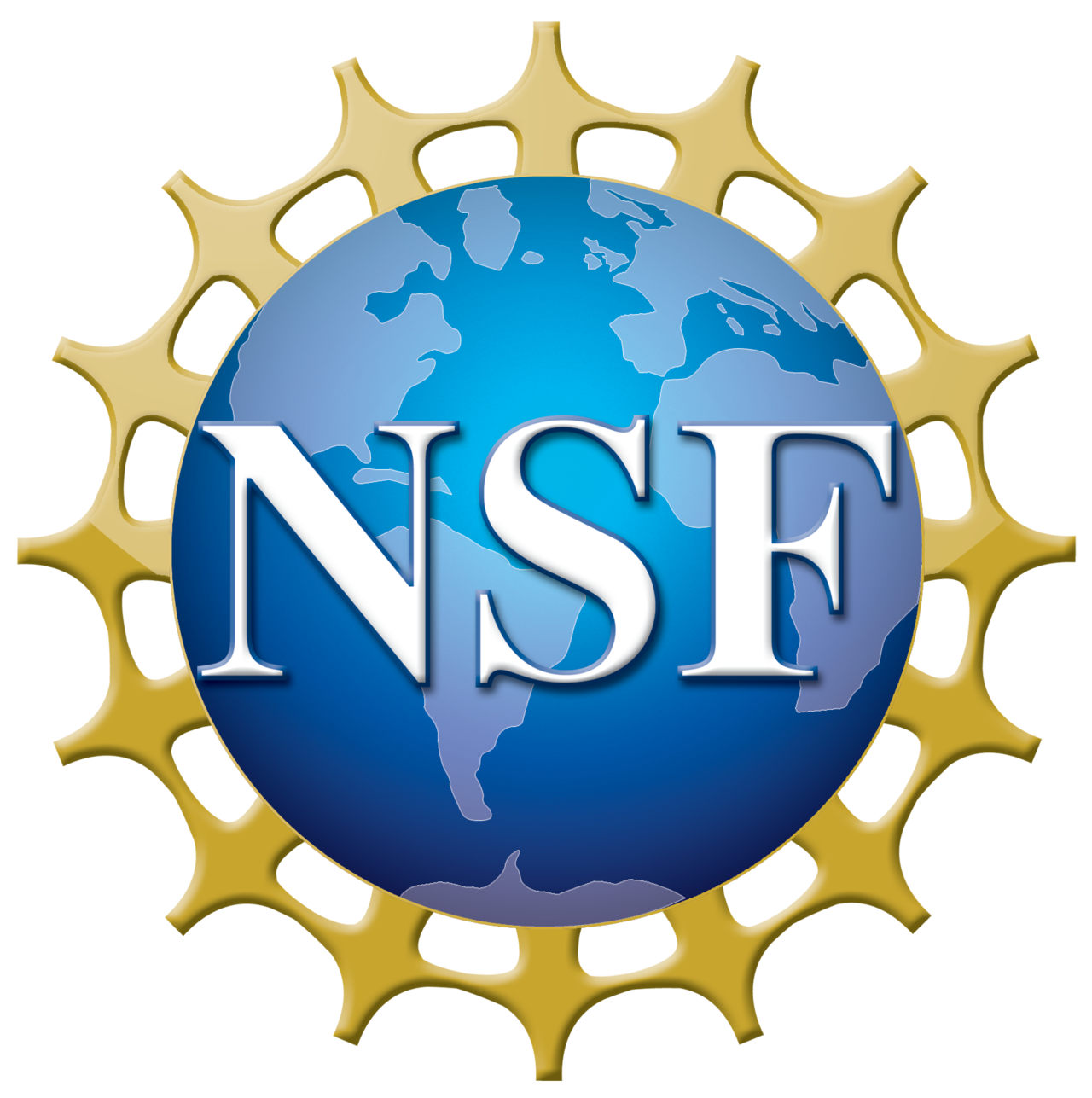My research focuses on computational mathematics, particularly on developing numerical methods for learning partial differential equation (PDE) and stochastic differential equation (SDE) models arising from multi-scale problems. I am interested in designing structure-preserving algorithms that retain essential mathematical properties, such as conservation laws, variational structures, and physical constraints. A central aspect of my work is integrating scientific machine learning (SciML) with numerical analysis to construct accurate and physically interpretable PDE and SDE models of multi-scale systems directly from first-principle descriptions, where conventional approaches often show limitations.
Research Interests
- Multi-scale modeling
- Structure-preserving PDE models and numerical schemes
- Model reduction and stochastic simulations
- Scientific machine-learning
We are grateful for grant support from NSF, DOE, Ford, and MSU Foundation.




